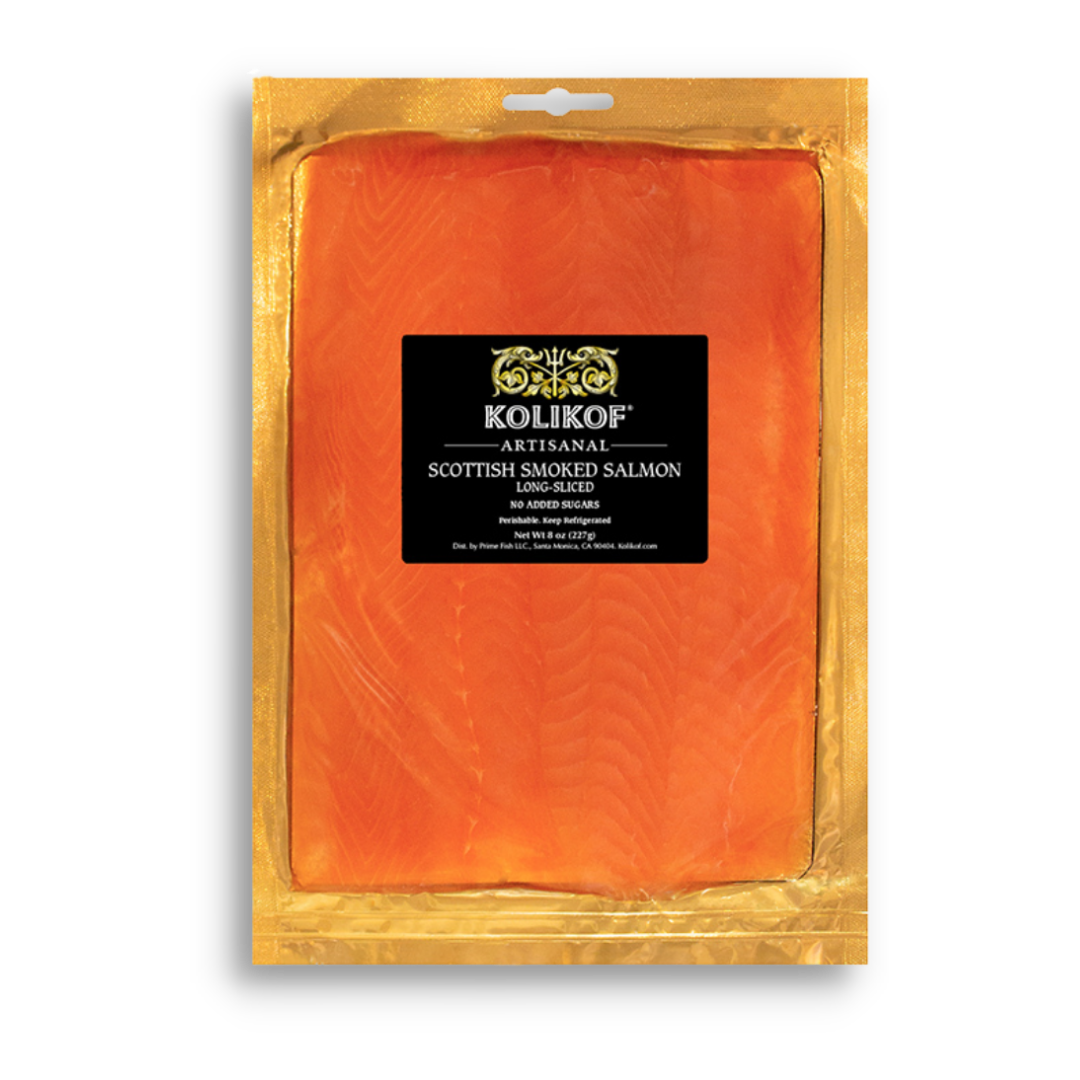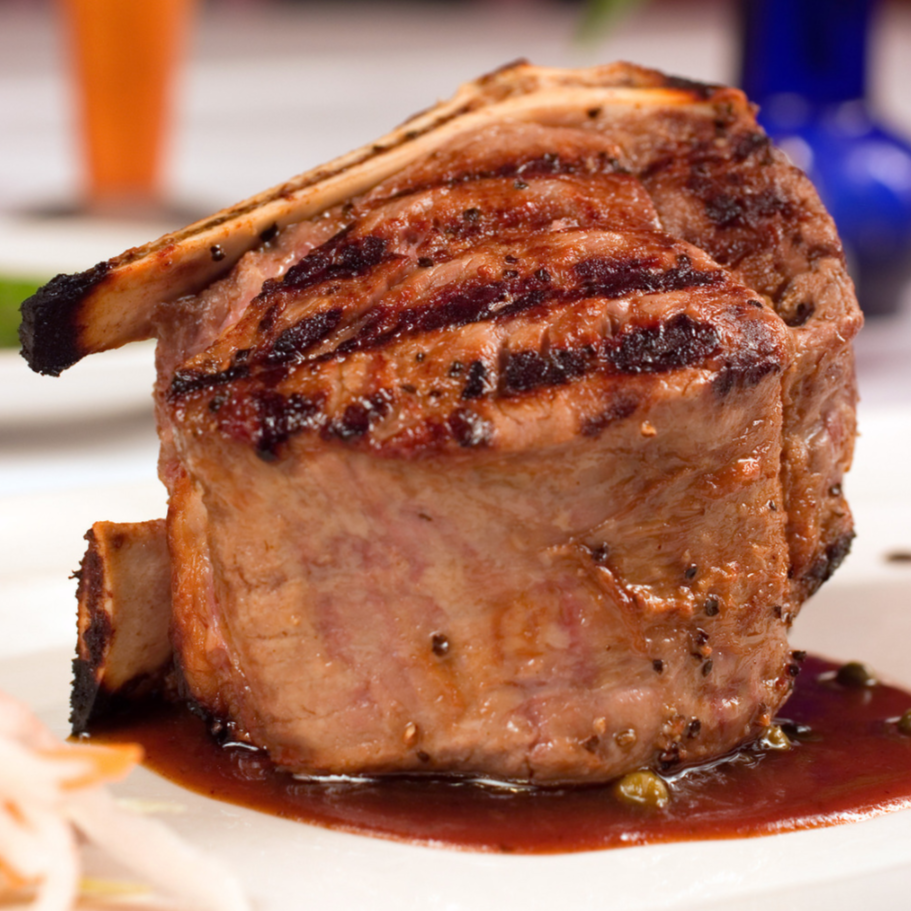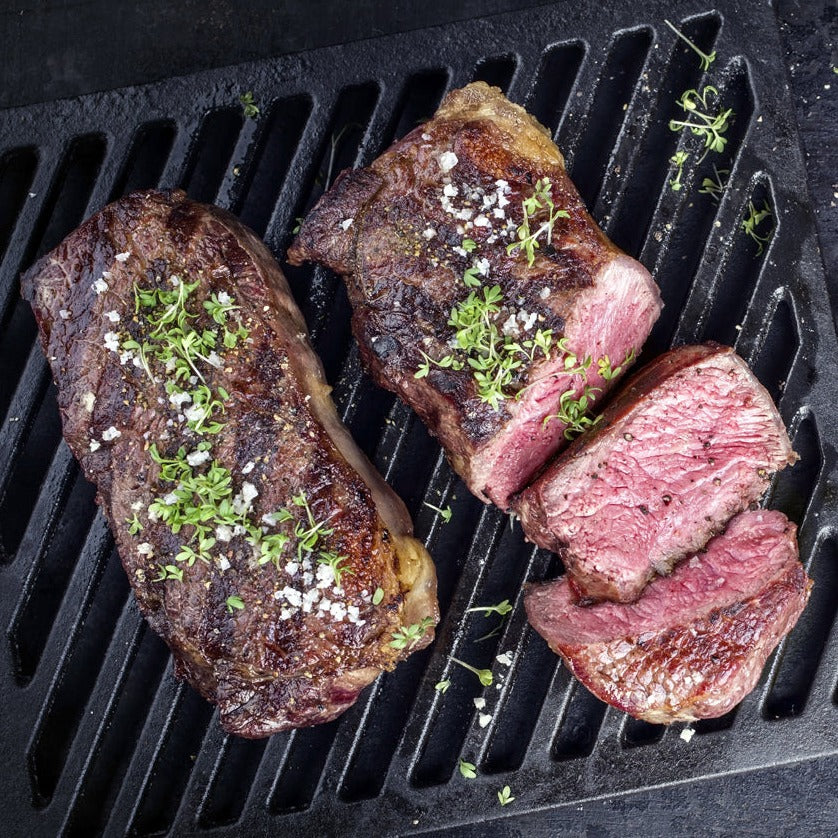Escargot: A Delicacy in Your Own Kitchen
Escargot is a popular delicacy that refers to cooked, edible land snails, which are usually served in a rich parsley garlic butter sauce. Although this dish is best known in French cuisine, unlike Champaign, escargot does not have to come from France to be considered “authentic”. Outside of France, it is also wildly popular in Italy, Portugal, and the Catalan region of Spain. In the United States, it has become a luxury dish often served at high-end restaurants.

Did you know…? ‘Escargot’ is simply the French word for ‘snail’.
Types of Edible Snails
There are thousands of species of snails, but only some of them are fit for consumption. Eating non-edible land snails can make you sick.
One of the most common types of edible land snails is the European Garden Snail, which can be found not just throughout Europe, but all around the world.
As far as popularity goes, the most sought after snail in cuisine is the Burgundy Snail, also known as the Roman Snail. Like the European Garden Snail, these creatures can now be found all over the world.
Did you know…? Even though snails are land creatures, they are still classified as mollusks because of their shells.
The History of Escargot
Like many delicacies today, the rise in popularity of escargot has roots in ancient Roman times, when snails were eaten among the elite. But the origin of hunting snails for food dates back even farther to the days of the cavepeople. Historians have discovered empty snail shells in caves, and believe that man have continued to consume these slow-moving mollusks for centuries due to the ease with which they could be caught (as opposed to hunting larger and more dangerous game). It is for this reason that snails were first eaten among peasants before they became associated with the upper-class.
Did you know…? Pope Pius V. was such an avid eater of snails that he officially declared them seafood so that he could continue eating them throughout Lent, exclaiming: Estote pisces in aeternum! ('you will be fish forever!')
Why Is Escargot So Expensive?
Today, snails are still considered relatively easy to farm, and can be raised in large numbers.
But before you decide to delve into the world of heliciculture (that is, the art of farming snails), you should know that they are also readily available for purchase, if you’re willing to pay the price.
Despite their natural abundance and low-maintenance nature, snails have seen a spike in popularity, which has sadly made them more scarce than before. The demand greatly outweighs the supply, which drives up the price of escargot.
What Does Escargot Taste Like?
On their own, snails tend to have a generally mild flavor profile. They are often described as similar in taste and texture to a clam or a mushroom. If this doesn’t sound yummy to you, you’re not alone. There’s a reason why most chefs serve escargot with generous amounts of butter and seasoning.
Did you know…? Escargot is traditionally served as a Christmas treat in France.
How to Harvest and Prepare Escargot
Snails can be harvested from the wild after a heavy rain, when they tend to emerge in large numbers.
But before the snails can be cooked, they must first be “purged”. This process is done by fasting the snails for three days until their digestive tracts have passed anything that could make us ill. They are then fed only water and flour to help purify them. Snails that die during the purging process should be disposed of and never consumed.
Certain types of snails are harvested at the beginning of winter, just as they have begun to fast, so as not to have to go through the purging process.
Once the snails have been properly purged, they are ready to be cleaned on the outside. Place the snails in a colander and run them under water to remove as much slime as possible. Be sure that they are completely clean before cooking them.
How to Cook Escargot
Place your snails in a pot filled with cold salt water. This will drive the snails out of their shells. As soon as they emerge, bring the water to a boil, which will kill them immediately. Cook for approximately fifteen minutes (timing may vary depending on the amount and size of your snails).
Alternatively, you may choose to sautè your snails in butter after a shorter, initial boil.
Whichever method you choose, be warned that snails must be cooked thoroughly, and undercooking them can be very dangerous. Even after the purging, snails can still carry a number of parasites which can cause infections in humans. Most notably, the “rat lungworm” parasite can cause eosinophilic meningitis.
Escargot as an Appetizer
Snails can be served as an appetizer with very little preparation. Simply plate the snail meat and stick a toothpick in each piece. Serve alongside a ramekin of melted garlic and herb butter for dipping. Or, for a more sophisticated presentation, place each snail back into its sterilized shell. Escargot can be eaten from the shell using a special set of utensils–a small pair of tongs to grasp the shell and a tiny fork for extracting the meat.
Escargot with Garlic Parsley Butter Sauce
In French cuisine, the traditional way of serving escargot is topped with a delicious garlic parsley butter sauce. When using Burgundy Snails, this dish is referred to as Escargots de Bourgogne. This simple recipe is easy to make and tastes amazing!
To make the butter sauce, you’ll want to use an electric beater. First, whip your room-temperature butter (we suggest using a high-quality, European butter for best results). Then, add fresh garlic, shallots, parsley, and just a bit of dry white wine. Season with kosher salt and ground black pepper. Other common herbs and spices for this dish include chervil, thyme, nutmeg, and Italian seasoning. Feel free to use any of these, and others, to adjust this recipe to your liking.
Pop your cooked snails back inside their shells, and place them in a shallow baking dish. Fill the remainder of each shell with a generous portion of the garlic butter sauce and bake for ten to fifteen minutes at 450℉ (again, baking time may vary depending on the size and amount of your snails).
Once cooled, top off your escargot with grated parmesan cheese and parsley for an even prettier presentation.
What to Serve with Escargot
Serve escargot alongside slices of French bread, either toasted or freshly baked, to help soak up the succulent sauce.
As with shellfish, escargot is best paired with white wine. We recommend anything French, especially Chardonnay.
Did You Know…? You can save your snail shells to reuse by simply boiling them clean in water with vinegar. Once freshly washed, dry them out on a cooking sheet and put in the oven at 200℉ for about 20 minutes to remove any excess moisture.
Snails: A Surprising Superfood
Although it may not seem like it, these tiny creatures are in fact a powerhouse of nutrients. That’s right–snails are a superfood! What makes snail meat so special is that it is simultaneously low calorie and high in omega-3 fatty acids (a.k.a. “healthy fats”). Keep in mind, though, this low-calorie cuisine loses this benefit when served in a heavy butter sauce.
Snails are also a significant source of protein, and high in minerals such as iron, calcium, potassium, and magnesium. Escargot is rich in essential vitamins including Vitamin A and Vitamin B3.
Overall, snails are considered to be beneficial in a number of ways like supporting the immune and nervous systems, preventing disease, and even reducing symptoms of depression.
Where Can I Buy Escargot?
While escargot may be a pricey menu item at a fancy French restaurant, you can also purchase fresh snails online or at specialty stores. Some places even sell them precooked by the can.
You can purchase ready-to-bake escargot in a garlic butter and parsley sauce online through Kolikof Caviar and Gourmet. Our snails come prepared by the dozen and placed beautifully back into their shells. Each one is high-quality, generously sized, and guaranteed to cook tenderly. There’s never been an easier way to impress friends and family by serving these as a hassle-free hors d’oeuvres or a heavenly main course. Order today for a truly gourmet experience!










Leave a comment